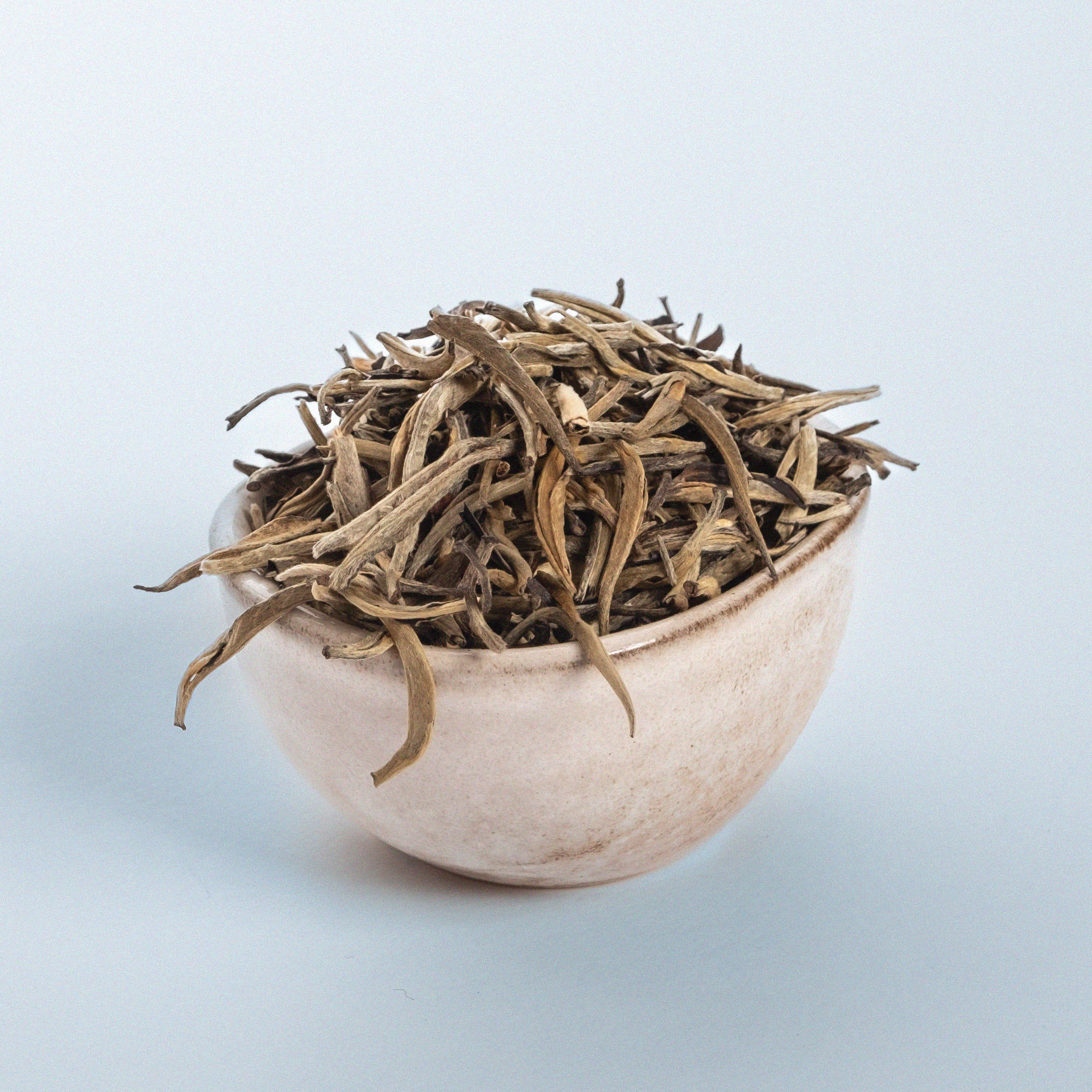
The Energizing Properties of Tea
Tea is celebrated worldwide not just for its diverse flavors but also for its energizing qualities. This article delves into the stimulating substances in various teas - Oolong, Red, White, Pu-erh, and Green - and reviews scientific research on their beneficial effects on health.
Stimulating Substances in Tea
Tea's primary stimulant is caffeine, complemented by L-theanine and catechins. These compounds synergize to provide a smoother boost of energy compared to the sometimes jittery effect of coffee.
Caffeine Content by Tea Type (per gram of dry leaves)
-
Green Teas: Typically, about 3.5-4.5 mg of caffeine per gram. Green tea's high L-theanine levels are known to enhance focus and alertness.
-
White Teas: Usually have the lowest caffeine, around 2-3 mg per gram. It’s preferred for its gentle energizing effects.
-
Oolong Teas: Caffeine content varies widely, from about 3-5 mg per gram, influenced by fermentation level.
-
Red Teas (Black Tea): Often have the highest caffeine content, around 4-6 mg per gram, providing a more noticeable energy boost.
-
Pu-erh Teas: This fermented tea contains approximately 3-4 mg of caffeine per gram. Its unique fermentation process is thought to enhance mental alertness.
Scientific Research on Tea's Health Benefits
Research highlights L-theanine's role in stress reduction and cognitive enhancement. Catechins are linked to improved metabolism and cardiovascular health, as noted in studies.
Conclusion
Tea's combination of caffeine, L-theanine, and catechins offers a varied energy boost across different types. From the lightly caffeinated white tea to the stronger black or Pu-erh teas, each variety caters to a range of preferences and effects.